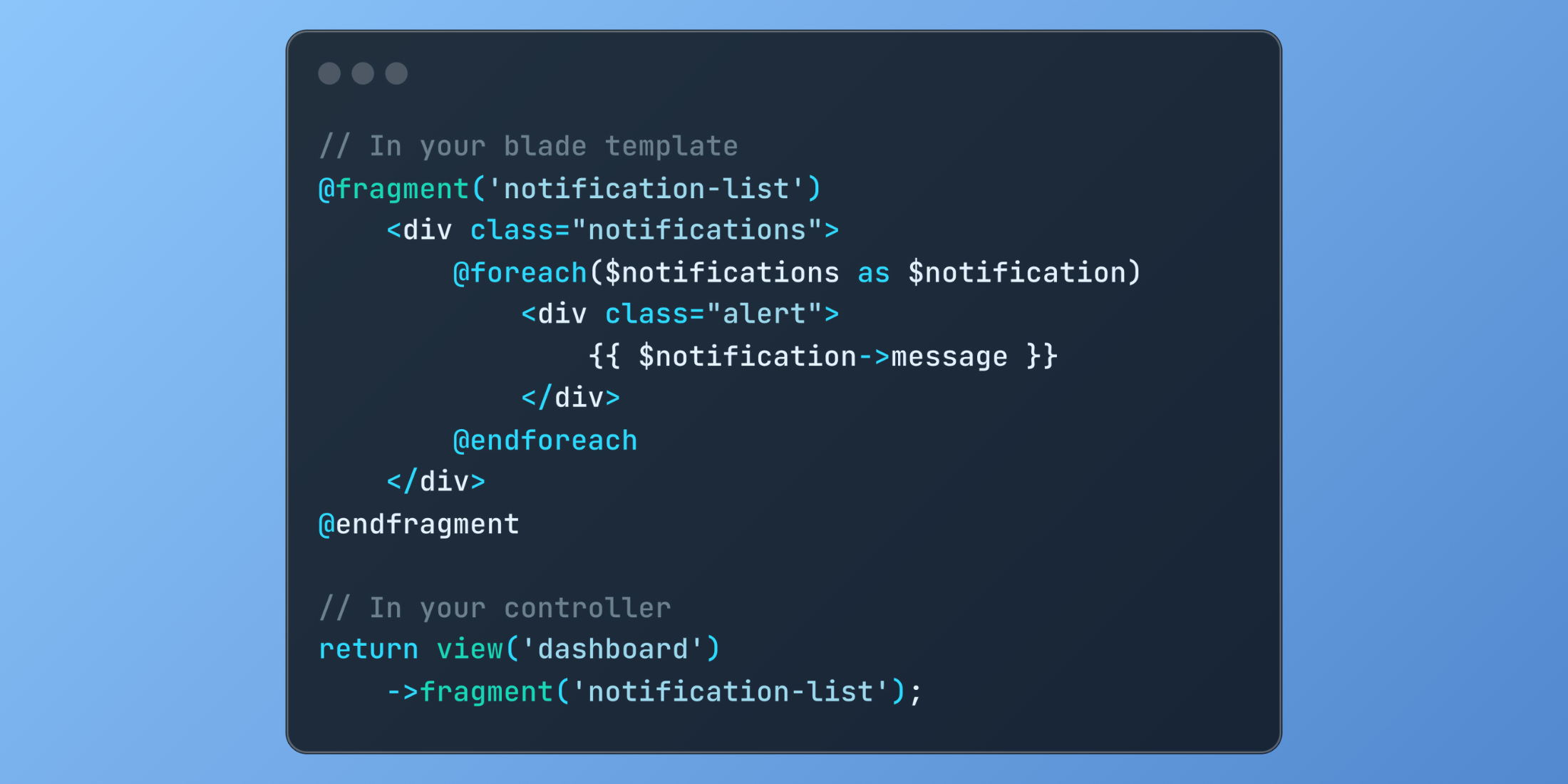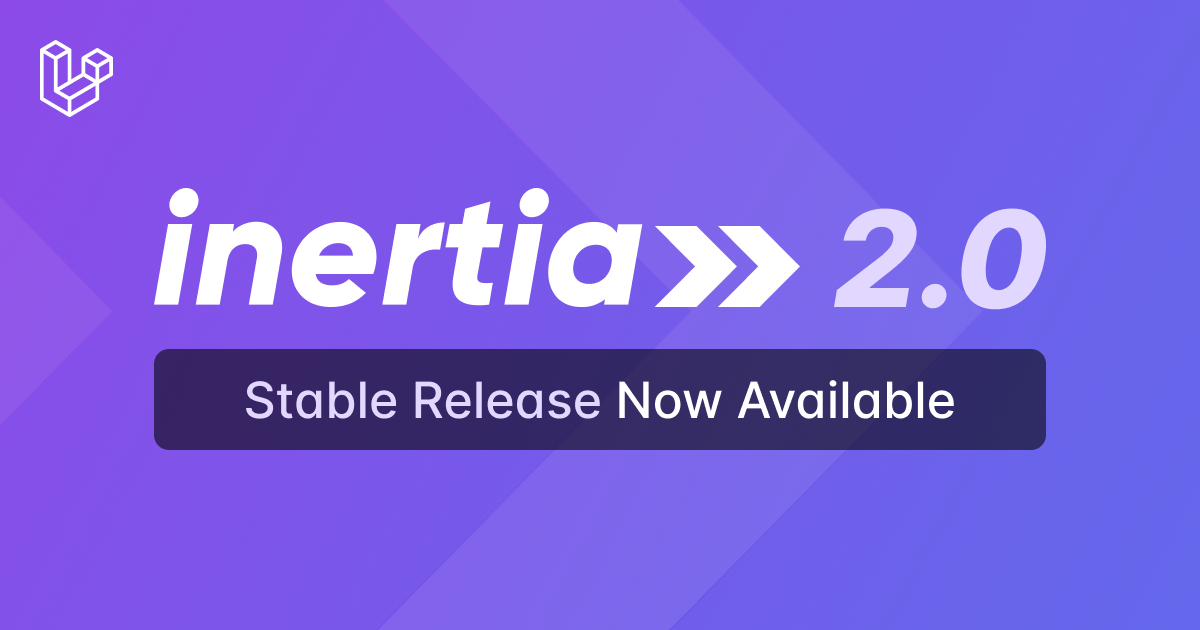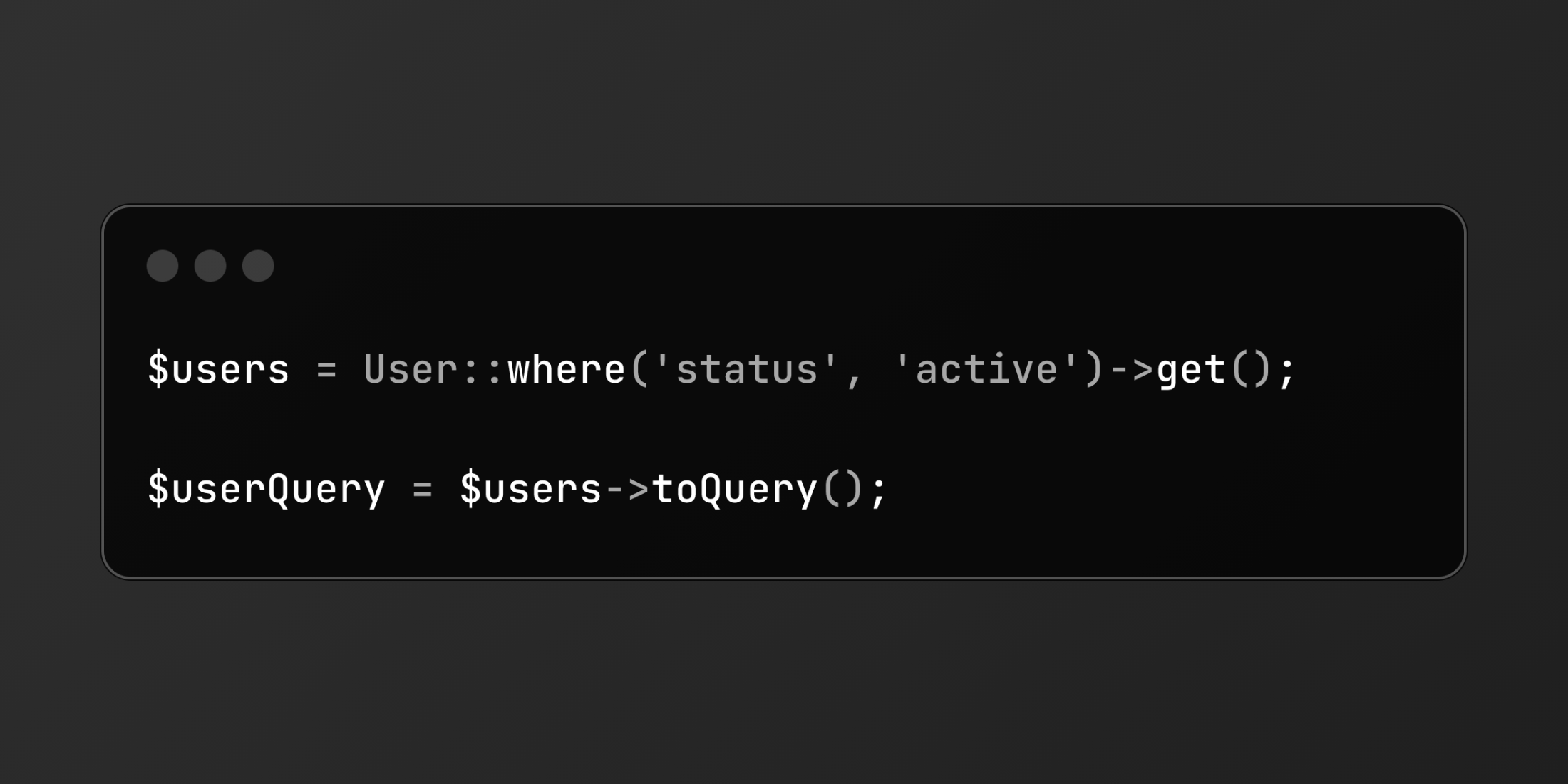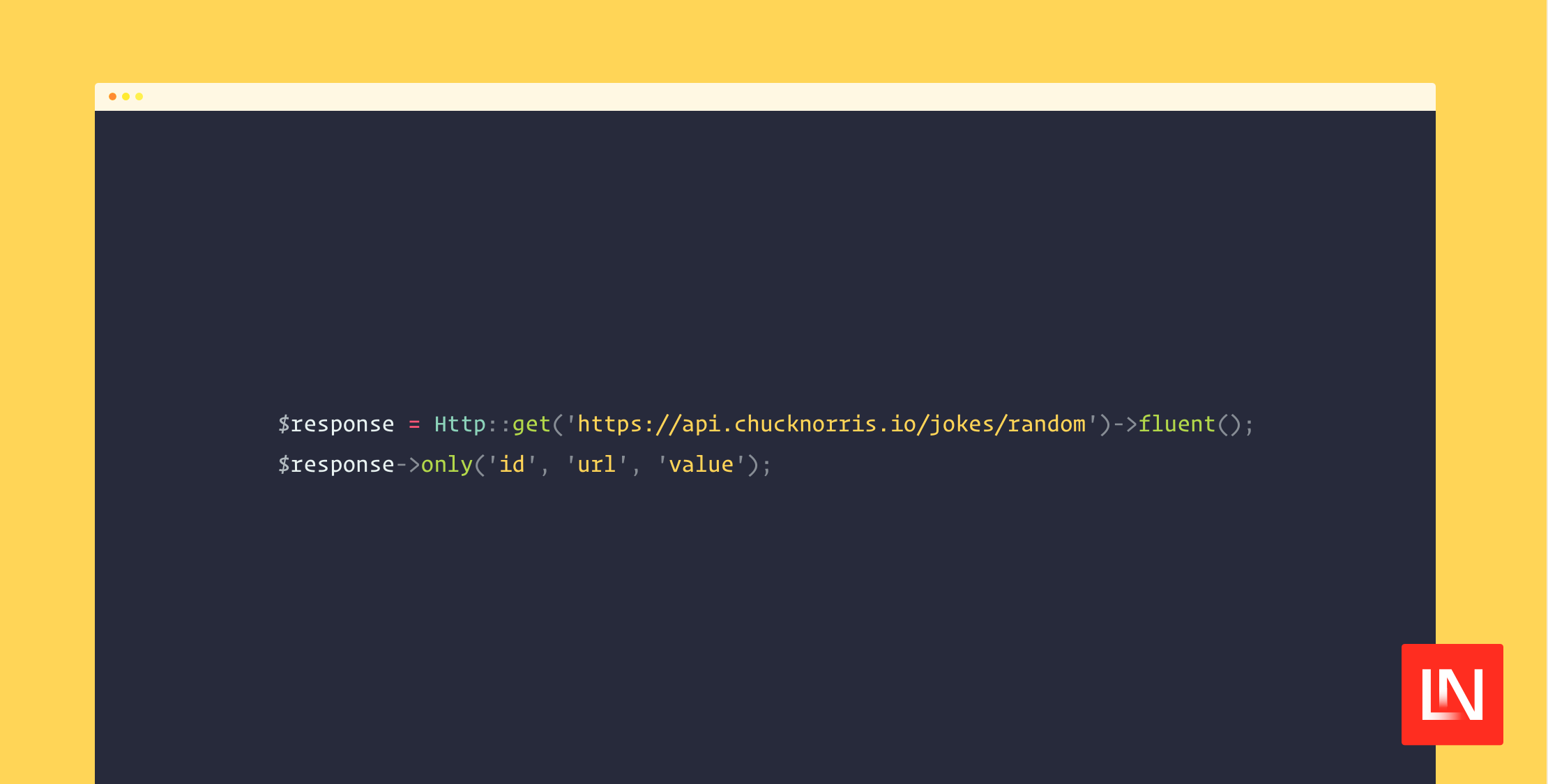Blade Fragments enable partial page updates by returning specific template sections, ideal for use with htmx or Turbo frameworks.
Using Blade Fragments
Basic fragment definition and usage:
// In your blade template@fragment('notification-list') <div class="notifications"> @foreach($notifications as $notification) <div class="alert"> {{ $notification->message }} </div> @endforeach </div>@endfragment // In your controllerreturn view('dashboard') ->fragment('notification-list');Real-World Implementation
Example of a live notification system:
<?php namespace App\Http\Controllers; use App\Models\Notification;use Illuminate\Http\Request; class NotificationController extends Controller{ public function store(Request $request) { $notification = Notification::create([ 'user_id' => auth()->id(), 'message' => $request->message, 'type' => $request->type ]); if ($request->hasHeader('HX-Request')) { return view('notifications.index', [ 'notifications' => auth()->user()->notifications()->latest()->get() ])->fragmentIf( $request->hasHeader('HX-Request'), 'notification-list' ); } return back(); } public function clear(Request $request) { auth()->user()->notifications()->delete(); return view('notifications.index', [ 'notifications' => collect() ])->fragment('notification-list'); }}Template structure:
<!-- notifications/index.blade.php --><div class="container"> @fragment('notification-list') <div class="notification-wrapper"> @forelse($notifications as $notification) <div class="alert alert-{{ $notification->type }}"> {{ $notification->message }} <span class="timestamp"> {{ $notification->created_at->diffForHumans() }} </span> </div> @empty <p>No notifications</p> @endforelse </div> @endfragment</div>Blade Fragments represent Laravel's commitment to modern, interactive web development, offering a server-side solution that integrates seamlessly with progressive enhancement techniques while maintaining the simplicity developers expect from Laravel.










